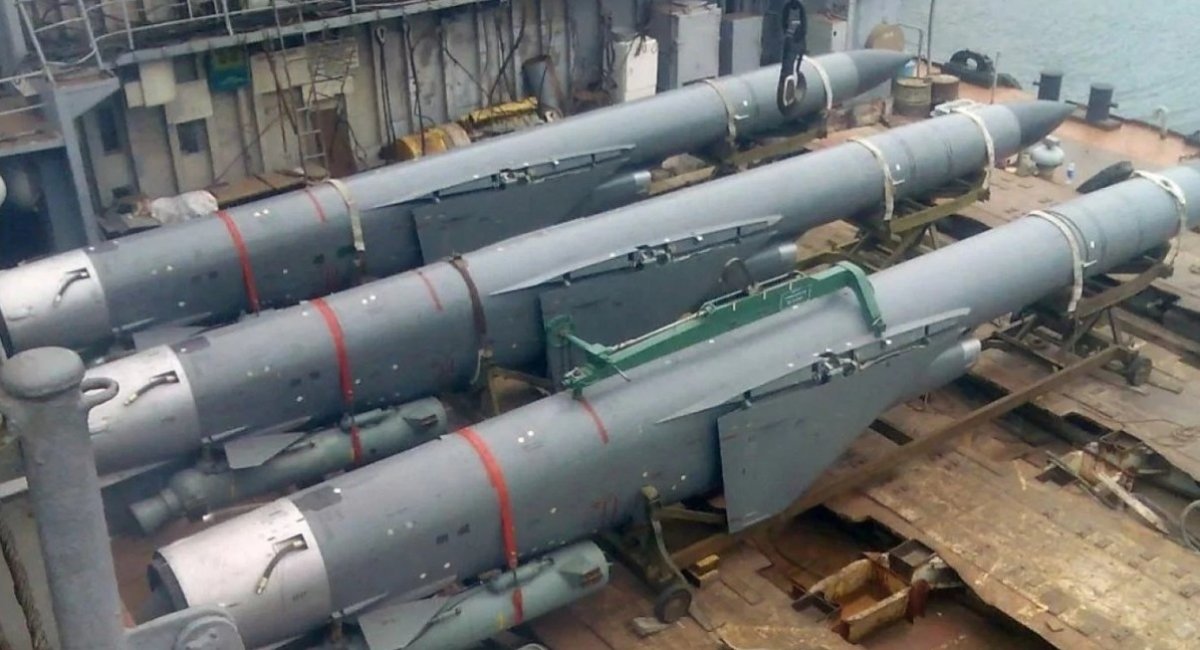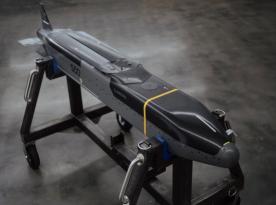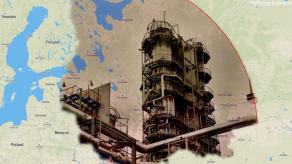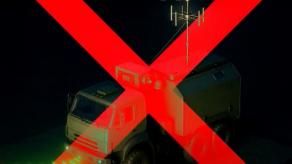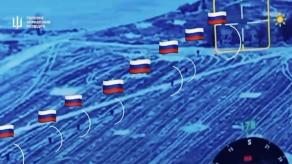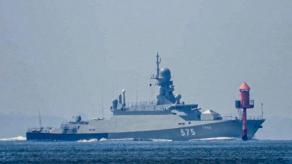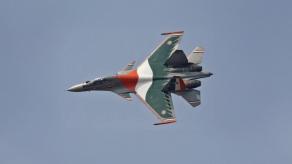Between May 13 and 17, 1984, a series of unfortunate events rocked the main ammunition depot of the Soviet Northern Fleet in Severomorsk, starting with a massive explosion that resulted in hundreds of surface-to-air and cruise missiles destroyed — some of which could carry nuclear warheads. The incident paralyzed the fleet’s combat readiness for at least six months and nearly escalated into a full-scale catastrophe.
Polish defense outlet Portal Militarny recently resurfaced the story, which not only scared the locals but also left Soviet naval vessels and coastal units without vital supplies, forcing a frantic replenishment effort. The precise cause of the explosions remains unknown, but the prevailing theory blames a discarded cigarette, allegedly tossed away by a conscript guarding the site.
Read more: Comparing WWII Tanks in the 1980s — The USSR’s Motives and Insights on German Armor
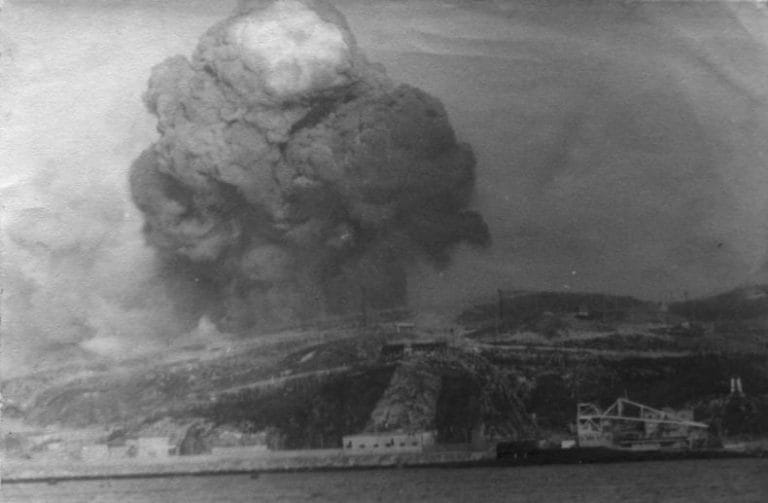
In the following days, a chain reaction of blasts tore through the Okolnaya munitions storage area, where 400 P-5 and P-500 Bazalt cruise missiles (both capable of carrying nuclear warheads) and 900 surface-to-air missiles for S-125 systems were housed. These were among the most critical strategic assets of the Soviet Navy.
The disaster began at 18:00 on May 13, when a fire broke out in a storage facility containing 500 SAMs. Shortly after, a small explosion occurred. Oddly, local residents treated the initial blast with casual interest, unaware of the unfolding danger. But at 18:43, a massive detonation occurred at the same depot. The shockwave was so intense that it damaged the Northern Fleet’s headquarters building.
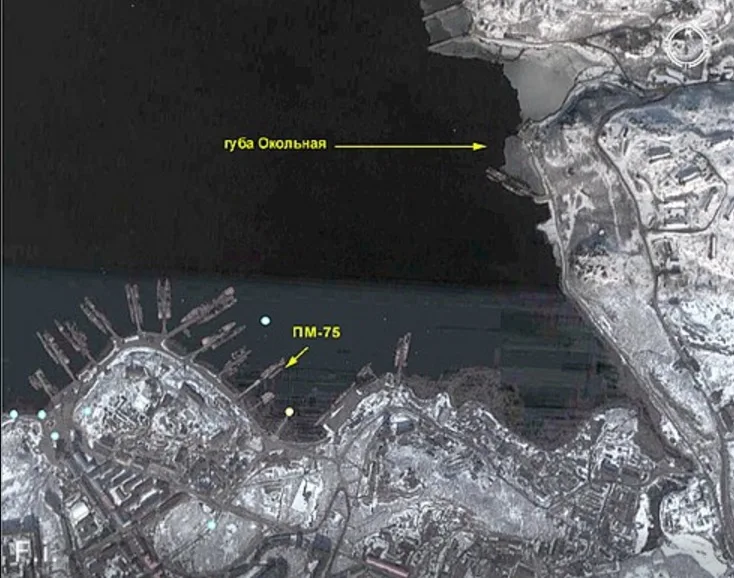
Panic swept through the naval town as the Soviet command declared a fleet-wide emergency and a chemical hazard warning. Command staff relocated to a hardened backup bunker built for nuclear war scenarios. The Soviet Navy even deployed one of its newest nuclear-powered cruisers, Kirov (Project 1144 Orlan), on standby to intercept any missiles that might accidentally launch during the chaos and fly toward the city.
Evacuations began swiftly, with authorities guiding civilians to safer areas. Simultaneously, roadblocks were set up to catch deserting soldiers attempting to flee under the cover of panic. Fortunately, separate storage sites for nuclear warheads survived untouched, though this was only confirmed after the explosions subsided on May 17.
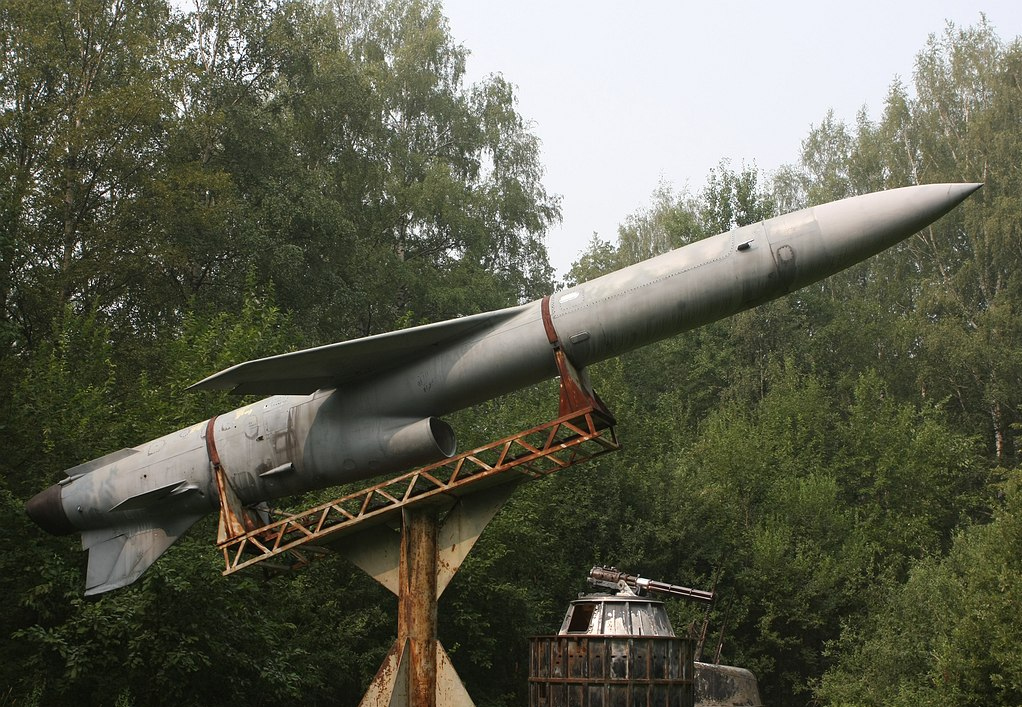
In total, 320 cruise missiles and 580 surface-to-air missiles were destroyed. The Soviet government officially acknowledged just two deaths, although the real toll is likely far higher.
This incident stands as a sobering example of how human error alone could bring a powerful military machine to its knees and nearly provoke a catastrophe of global proportions.
Read more: How russia Faked Creating a New Carrier-Based Fighter for International Attention



